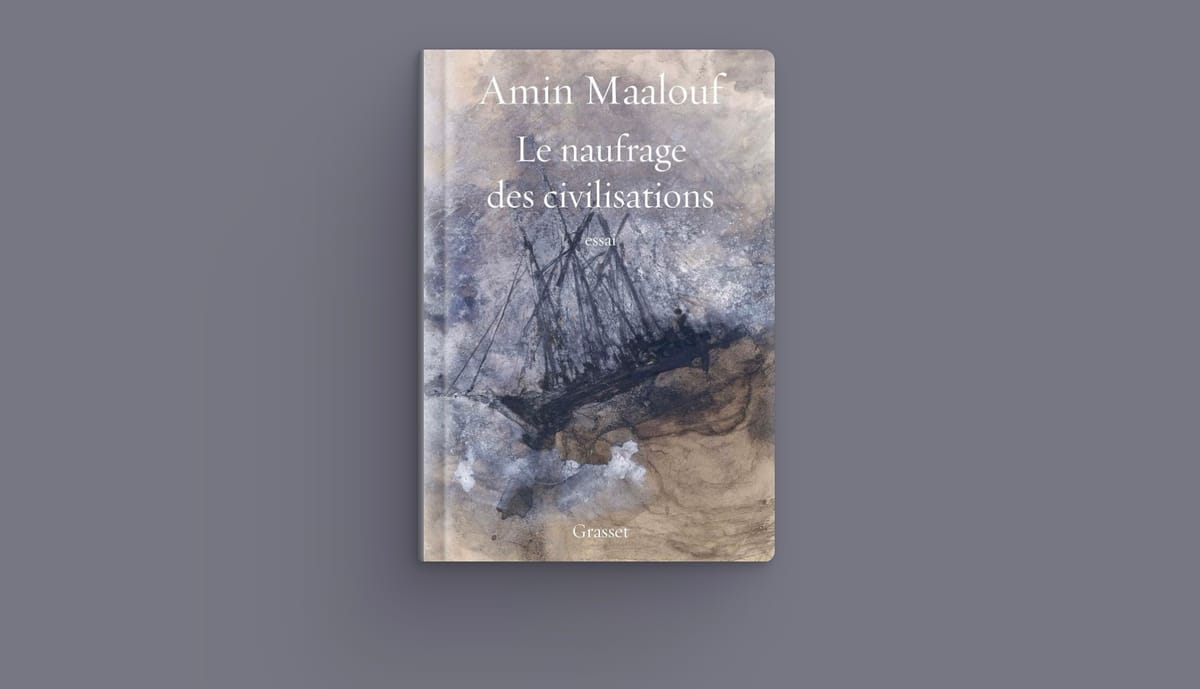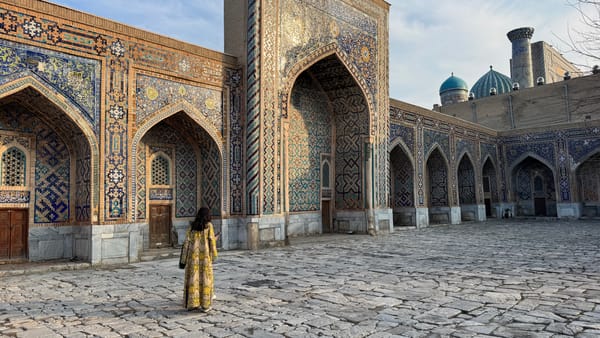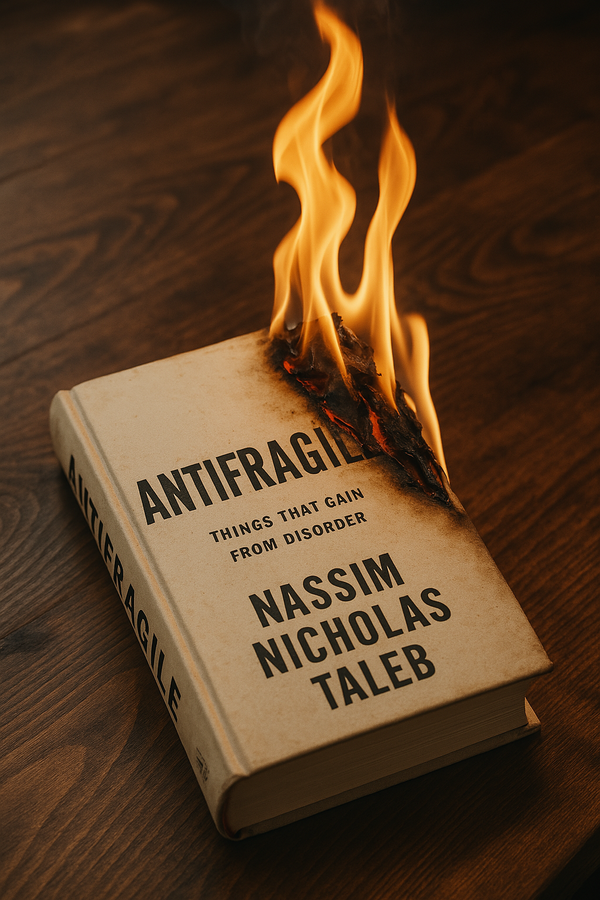Fragments of a Dreamed World
A powerful, personal reflection on the erosion of a once-cosmopolitan world—and a haunting reminder of what’s at stake when civilizations drift.

I came across Adrift (Le Naufrage des Civilisations in French) almost by accident, through another book by Amin Maalouf: Samarkand. I started reading it before visiting the city this past winter—drawn by the name, curious about its echoes. There’s a warmth, a precision, a deeply human voice in Maalouf’s style that stays with you.
That same voice carries through Adrift, written in 2019—before the pandemic, before Trump’s second term became a real possibility again—and yet it feels urgently present in 2025. In it, Maalouf weaves his own story into a broader reflection on the collapse of the cosmopolitan dream, especially in the Levant of his childhood. For someone like me, unfamiliar with that version of the Middle East, it reads like a map of a world that might have been—and maybe still could be, even if idealized through memory.
It’s a book that doesn’t just analyze history—it mourns it. And when you turn the last page, you’re left with an uncomfortable clarity: the future feels uncertain, and sounding the alarm may not be enough.
What struck me most while reading Adrift was the way Maalouf writes history as something lived, something felt. He doesn’t present sweeping theories or data-heavy arguments—he tells stories. His own, first, but also those of cities, peoples, and moments that have vanished. Beirut, Alexandria, Cairo: once vibrant crossroads of languages, religions, and cultures. Places where identity wasn’t a prison but a constellation.
This narrative of the old Levant was new to me. I didn’t grow up with those images, and I had no idea that such pluralism once existed, even if Maalouf—consciously or not—softens the edges through nostalgia. Still, there’s something powerfully aspirational in his portrayal. It feels like a blueprint of what a shared future could look like, if only we had the courage and imagination to rebuild with that spirit.
And yet, the book doesn’t offer solutions. It’s not a manual, and Maalouf doesn’t pretend to have the answers. He observes, he laments, he warns. And perhaps that’s what makes Adrift so unsettling. The diagnosis is clear, the writing luminous—but beyond the alarm, what now?
In the end, Adrift isn’t just a book about the collapse of civilizations—it’s about the erosion of a certain idea of civilization. One built on coexistence, exchange, curiosity. Maalouf doesn’t romanticize the past entirely, but he does ask us to remember that other futures were once possible.
Reading it in 2025, it feels less like a history lesson and more like a mirror—held up not just to the world, but to each of us. It left me with more questions than answers, especially around what comes next. If we know the ship is sinking, what do we do beyond watching and warning?
There’s a quiet melancholy that runs through the book, but also a kind of moral clarity. Maalouf reminds us that another world once existed—a curious, open, and generous world, where identity was expansive rather than exclusionary. And perhaps that’s where we begin: by choosing to carry that spirit into our daily lives. In a time marked by rising nationalism and closed minds, holding on to this openness is not nostalgia—it’s resistance.
Verdict: strongly recommended If you want to join the resistance!



